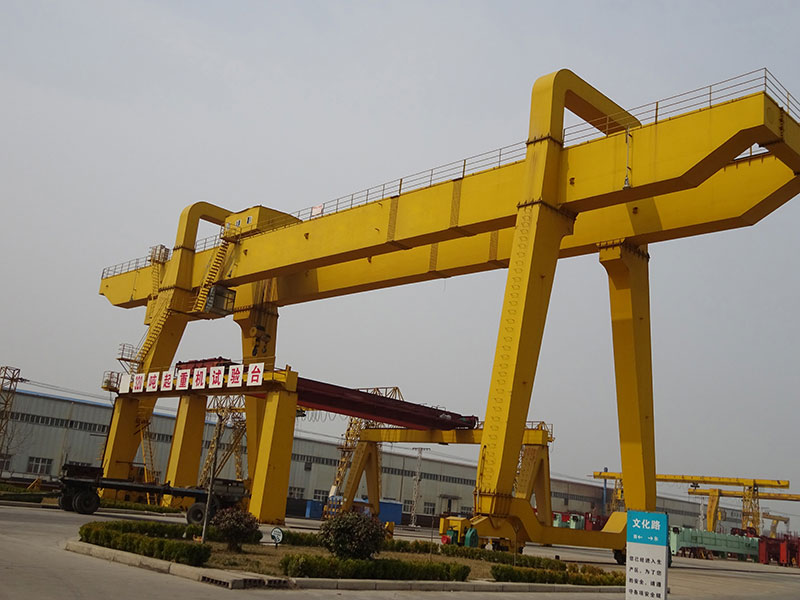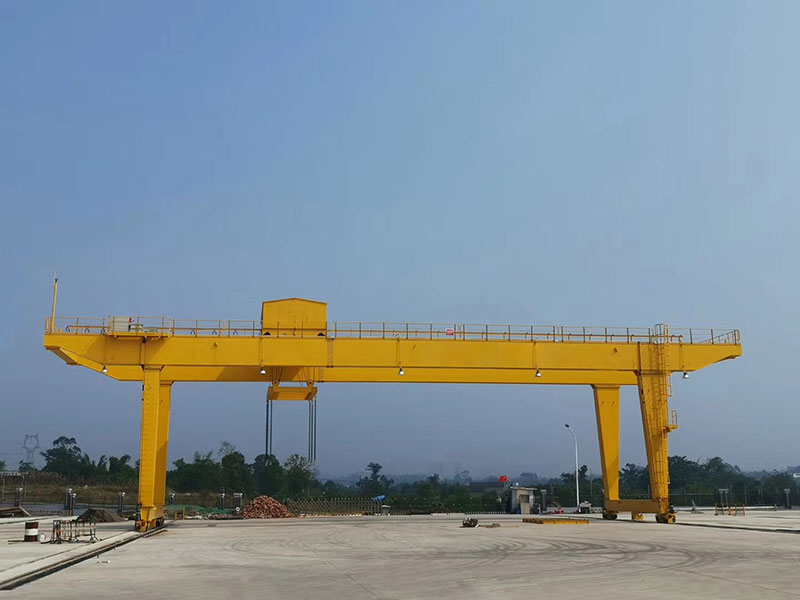When considering the purchase of a 30-ton gantry crane, obtaining an accurate quote is essential to ensure you receive the right equipment for your specific needs and budget. Gantry cranes are significant investments, and understanding the factors that influence pricing will help you make an informed decision. This article outlines the key steps and considerations for getting an accurate quote for a 30-ton gantry crane.

1. Define Your Requirements Clearly
The first step in obtaining an accurate quote is to have a clear understanding of your operational requirements. The more detailed your information, the more precise the quote you will receive. Consider the following factors:
- Load Capacity: While the crane’s primary capacity is 30 tons, specifying if you need to handle loads slightly heavier or lighter can influence the design.
- Span Length: The distance between the crane’s legs affects its structural requirements and price.
- Lifting Height: How high the 30 ton gantry crane needs to lift the load is crucial for determining the hoist and trolley specifications.
- Duty Cycle: The frequency and intensity of use (light, moderate, or heavy-duty) will impact the crane’s design, components, and cost.
- Operating Environment: Indoor or outdoor use, exposure to harsh conditions, and temperature variations can affect material choices and protective coatings.
2. Specify Additional Features and Customization
Additional features and customizations can significantly influence the final gantry crane cost. Clearly specify any of the following:
- Power Supply Requirements: Voltage and phase details are necessary for electrical components.
- Control System Preferences: Choose between pendant control, remote control, or cabin control based on your operational needs.
- Anti-Sway Mechanisms: If precision handling is critical, anti-sway technology can be an essential addition.
- Safety Features: Overload protection devices, emergency stop systems, and limit switches enhance operational safety.
- Mobility Requirements: Specify if the crane should be rail-mounted or rubber-tired for mobility.

3. Provide Site Information
Accurate site information helps suppliers understand the installation environment and any potential challenges:
- Ground Conditions: For rail mounted crane, the rail foundation details are important.
- Space Constraints: Provide layout drawings if available, including dimensions and obstacles.
- Access for Installation: Highlight any restrictions that may affect crane delivery and assembly.
4. Request Detailed Quotations from Multiple Suppliers
To ensure competitive pricing and comprehensive options, request quotes from multiple reputable suppliers. A detailed quotation should include:
- Crane Specifications: Detailed description of the crane, including materials, components, and performance capabilities.
- Breakdown of Costs: Separate costs for the crane, hoist, control systems, optional features, and installation.
- Delivery Timeline: Estimated lead time from order confirmation to delivery.
- Warranty Terms: Coverage details for parts and services.
- After-Sales Support: Information on maintenance services, spare parts availability, and technical support.
5. Evaluate the Total Cost of Ownership
While the initial quote is important, consider the total cost of ownership, which includes:
- Installation Costs: Some suppliers offer installation services, while others may require third-party contractors.
- Maintenance Expenses: High-quality components may reduce long-term maintenance costs.
- Energy Efficiency: Energy-efficient cranes can lower operational costs over time.
6. Communicate Effectively with Suppliers
Clear and consistent communication with gantry crane suppliers ensures that all your requirements are understood. Provide detailed RFQs (Request for Quotations) and be open to answering follow-up questions. This dialogue helps suppliers tailor their quotes accurately.
7. Review and Compare Quotes Carefully
Once you receive the quotes:
- Compare Specifications: Ensure each quote meets your technical requirements.
- Analyze Cost Components: Look beyond the total price and understand the cost breakdown.
- Assess Supplier Credibility: Consider the supplier’s reputation, project experience, and customer reviews.
8. Negotiate Terms and Finalize the Quote
Negotiation is often part of the process. Discuss payment terms, possible discounts for bulk orders, or long-term partnerships. Ensure that all agreed-upon terms are documented in the final quotation.
Conclusion
Getting an accurate quote for a 30-ton gantry crane requires thorough preparation and clear communication. By defining your requirements, providing detailed site information, requesting comprehensive quotations, and carefully evaluating the offers, you can ensure that you select the best crane that meets both your operational needs and budget. Investing time in this process not only helps in obtaining accurate pricing but also ensures the efficiency and safety of your lifting operations.
